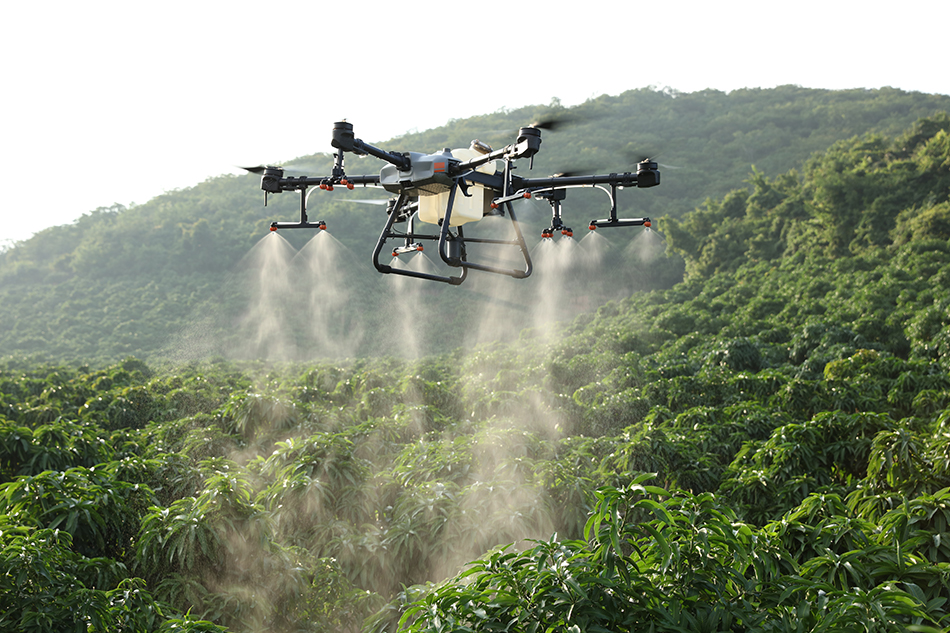Agriculture, one of the oldest human practices, has seen tremendous technological advancements over the years. Among the innovations that have revolutionized farming practices, agricultural drones stand out as a game-changer. These unmanned aerial vehicles (UAVs) have transformed the agricultural landscape, enhancing productivity, sustainability, and precision in farming.
In recent years, agricultural drones have gained widespread adoption among farmers worldwide. These drones are equipped with various sensors and cameras, enabling them to perform a wide range of tasks that were once labor-intensive and time-consuming. From crop monitoring to pest control, here’s how agricultural drones are making an impact:
-
Crop Health Monitoring: Drones equipped with multispectral cameras can capture detailed images of crops in various spectral bands. These images help identify stress factors such as nutrient deficiencies, pests, diseases, and drought stress. Farmers can take timely corrective measures to optimize crop health, resulting in higher yields.
-
Precision Agriculture: Agricultural drones enable precise and targeted farming. By analyzing data collected from drone flights, farmers can create detailed maps of their fields. These maps provide insights into soil health, moisture levels, and crop yield predictions. This data-driven approach allows farmers to optimize the use of resources like water, fertilizers, and pesticides, reducing waste and costs.
-
Crop Spraying: Drones equipped with spraying systems can efficiently apply pesticides and fertilizers to crops. This method is highly precise, reducing chemical usage and minimizing environmental impact. It also eliminates the need for farmers to be in direct contact with potentially harmful chemicals.
-
Livestock Monitoring: Drones can be used to monitor livestock health and behavior. They can quickly detect issues like injured or missing animals and identify potential predators. This real-time monitoring enhances animal welfare and overall farm management.
-
Crop Scouting: Traditional crop scouting involves physically walking through fields to assess crop conditions. Drones can cover large areas in a short time, providing farmers with an aerial view of their fields. This saves time and labor while improving scouting accuracy.
-
Disaster Assessment: In the event of natural disasters like floods, hurricanes, or wildfires, drones play a vital role in assessing damage to crops and infrastructure. They provide valuable information for insurance claims and disaster recovery efforts.
-
Data Analysis: The data collected by agricultural drones is invaluable for decision-making. Advanced software processes this data, providing farmers with actionable insights. Machine learning algorithms can analyze historical data to make predictions about future crop performance.
-
Environmental Benefits: Agricultural drones help reduce the environmental impact of farming. By optimizing resource use and minimizing chemical applications, they contribute to sustainable and eco-friendly agriculture.
As the technology behind agricultural drones continues to advance, their role in modern farming is expected to grow. Farmers are increasingly recognizing the benefits of incorporating drones into their operations. From improving crop yields to reducing environmental impact, these unmanned vehicles are transforming agriculture into a more efficient and sustainable industry. With ongoing research and development, the future of agricultural drones holds even more promise for farmers and the global food supply.







Please sign in to comment
register